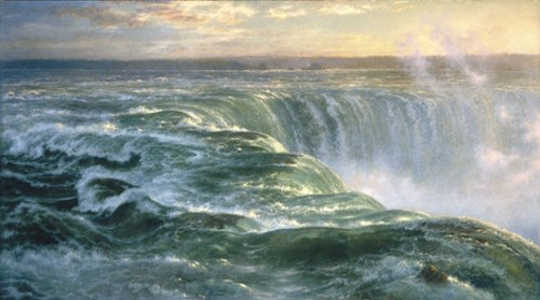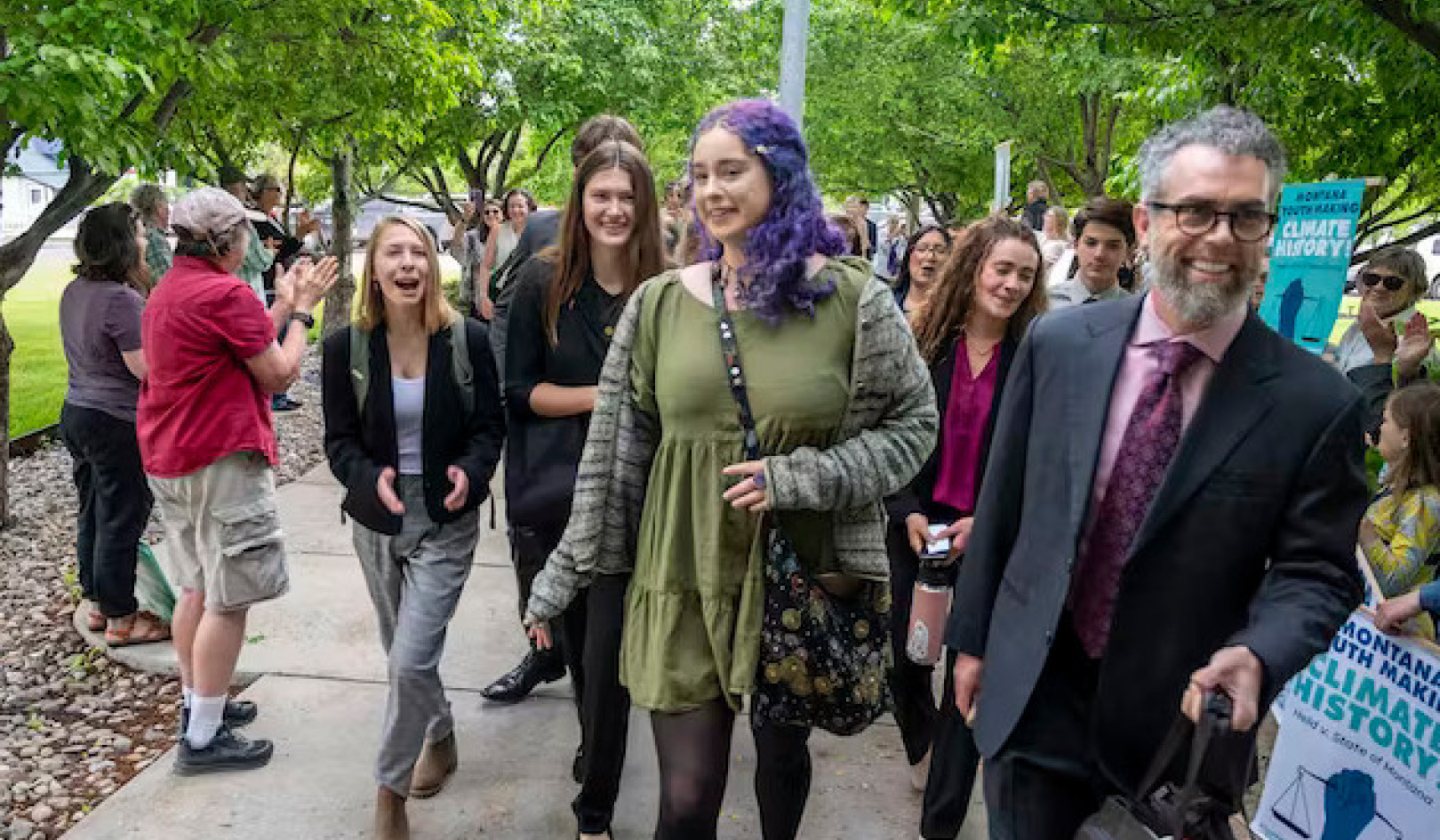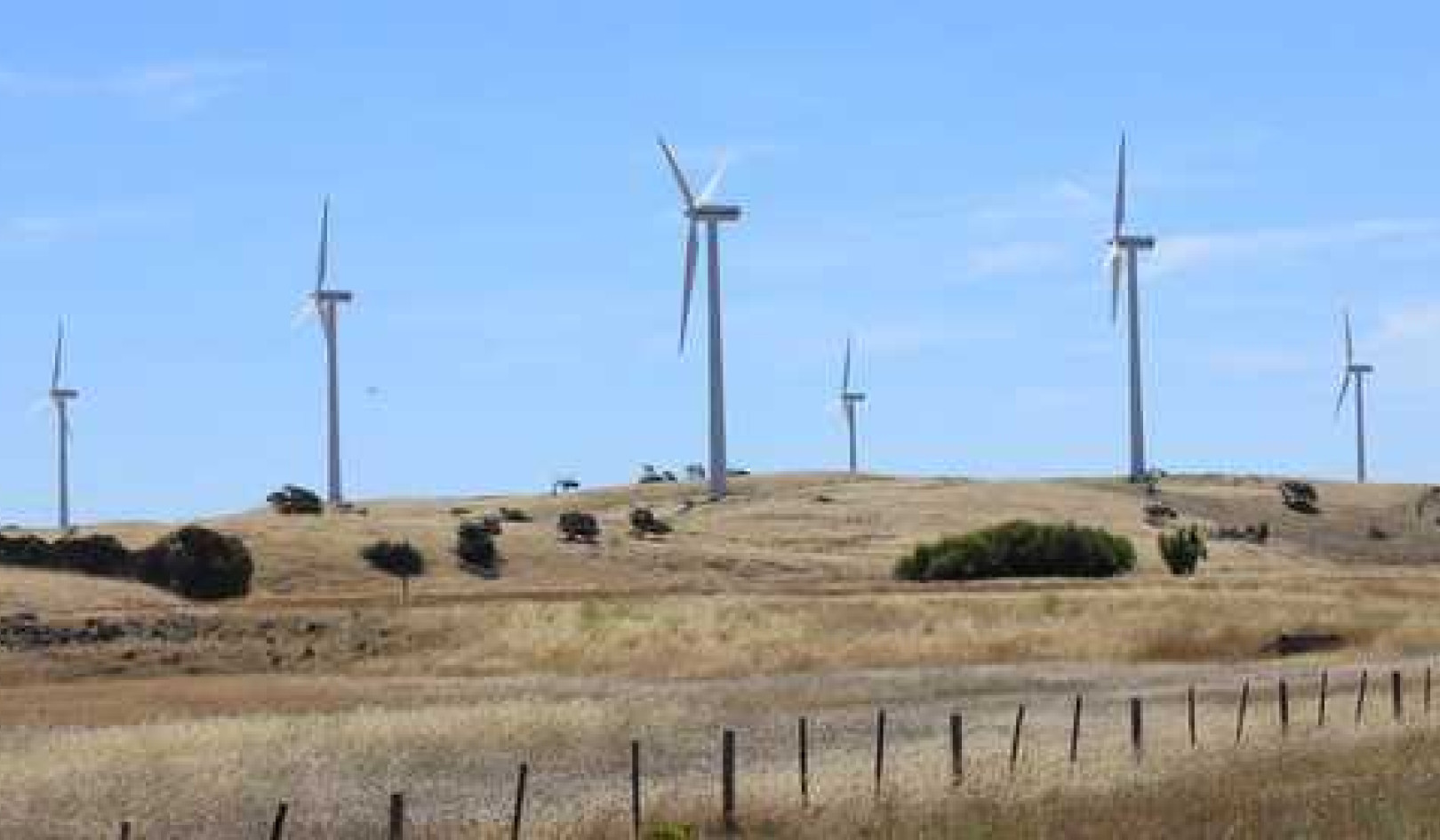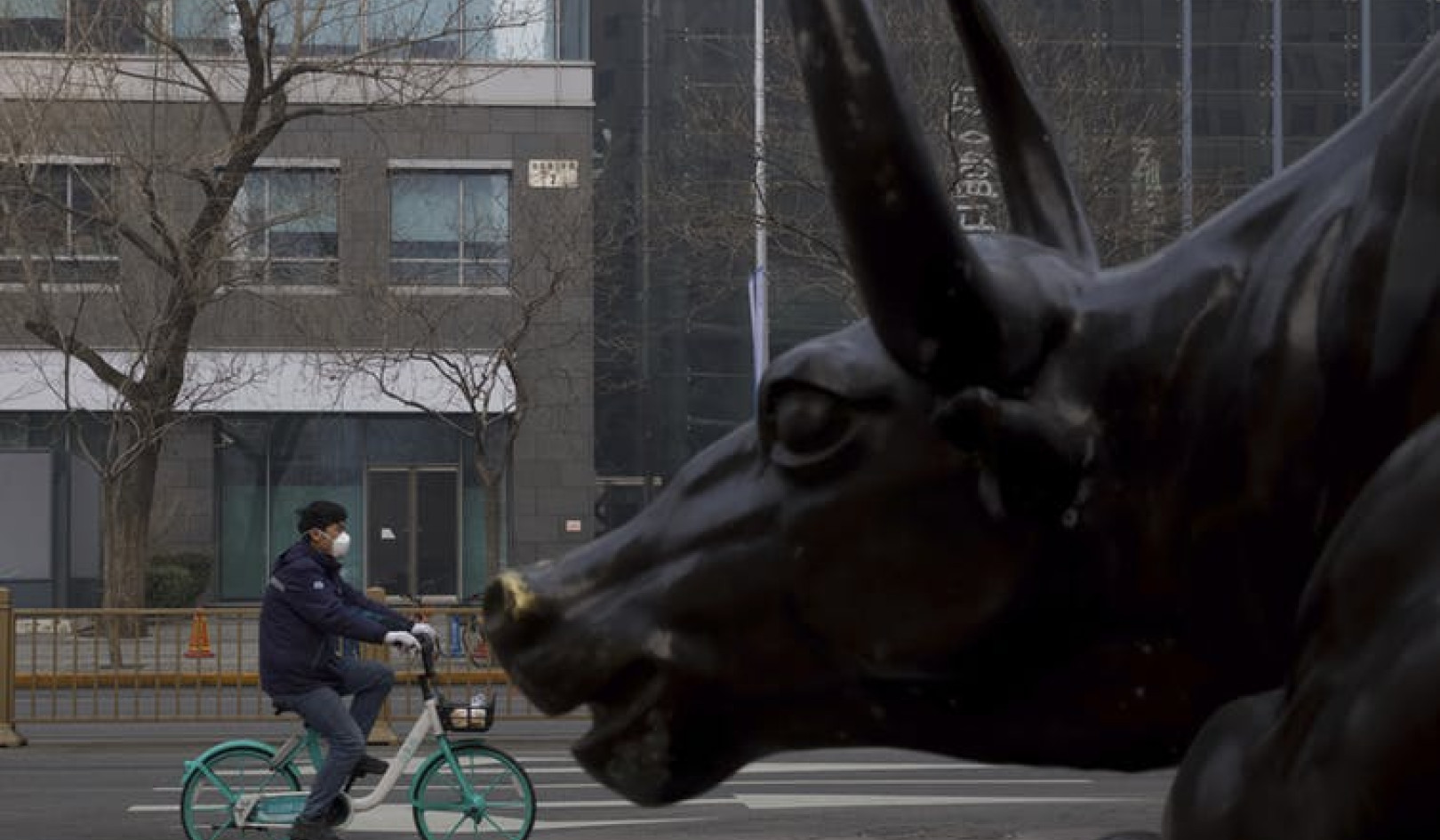
Biomedical researchers like me probe the mechanistic basis of health and disease. In a long career working at the discovery end of the spectrum, I’ve been privileged to live through, and make some small contribution to, an extraordinary (and continuing) revolution in medical understanding and human well-being.
Using a mix of observation and experimentation, my particular focus has been to ask how viruses kill and, more especially, how our specific (or adaptive) immune response protects us, especially if we’re vaccinated.
Along with successive conceptual breakthroughs, various disruptive technologies have transformed the working lives of disease detectives like me. Recently, our thinking is increasingly dictated by the need to engage with massive data sets.
In that and many other senses, we find ourselves talking a language of complexity that spans fields as different as cancer research, animal ecology and climate science.
In effect, diverse threads of the vast interrogation of nature we call science are coming together in a rich and mutually informative intellectual tapestry. Avoiding technical detail, I’ll try to take you just a little way down that road.
A delicate tapestry
No scientist works alone. And over the past 25 years or more, the research programs I’ve been involved in have largely been concerned with understanding how the mammalian host response (mice and humans) deals with influenza A viruses (IAVs) that cause regular epidemics and pandemics.
Like all viruses, IAVs are obligate intracellular parasites; they grow only in living cells, and are vastly less complex than we are. Thinking in terms of proteins, the basic building blocks of all life, IAVs are made up of 11 proteins encoded by eight RNA gene segments, while humans have more than 20,000 proteins specified by 20,000 to 25,000 DNA genes.
The human genome also contains a lot of what was thought for a time to be “junk” DNA, but that’s now known to have all sorts of different regulatory and other functions.
Where the biology gets really complex is when the apparently simple flu virus infects us. Genes are turned on and off, virus and host proteins are made, cells in our respiratory tracts are destroyed, we become feverish, have trouble breathing then, hopefully, recover and feel good again. And, even before we are clinically ill, new virus particles are being assembled and transmitted (via droplets in our breath) to those close by.
What the researcher tries to illuminate is the detail of the underlying cellular dynamics and molecular mechanisms. When we understand those processes we can potentially, by involving new teams of different specialists, develop better therapeutics (drugs) and preventive strategies (vaccines), though it will likely take a decade or more to get to that point.
Where talent comes into this equation is in recognising a new finding for what it is, then asking the right question to go further down the path. Some people have this capacity, some don’t, and it’s not necessarily about knowing a whole breadth of “stuff”. The type of individual who is a terrific science teacher will not necessarily be a great researcher. Research scientists aren’t often like the polymath eggheads you see on television.
Biologists sometimes have big ideas, like the perception that “junk DNA” must have a function. But, in the main, we’re both artisans and (often narrow) thinkers who keep our noses close to the ground and use both the device of experiments (infecting a mouse with influenza) and what’s happening in the real world (studying an influenza pandemic) to inform us.
The basic rule is to look at “the thing itself”, to be instructed by nature. Much of the intense intellectual activity that characterises the life of a research biologist is, in fact, concerned with trying to work out what the data is telling us.
And it’s often the case that big discoveries follow some key technical advance rather than a “eureka” moment. New and better data allows us to move from seeing “through a glass darkly” to greater clarity. In this regard, people in my field of immunology are very indebted to the physicists, engineers and mathematicians who make and program machines.
Scientific fields differ organisationally. Physicists, for example, tend to separate into theoreticians and experimentalists – a division that hasn’t proved to be of much use in biology. Theoretical physicists come up with big ideas – like the Higgs boson, black holes and dark matter – but we biologists have, of necessity, to be much more modest and grounded in our thinking.
While, in the end analysis, everything living or non-living obeys the laws of physics, those laws aren’t at the forefront of the mind for most biomedical researchers.
One exception is the structural biologists, or crystallographers, who traditionally used X-rays (now synchrotrons), and the most basic rules of physics and chemistry, to work out how the individual molecules of life are organised and (especially for proteins) fold and function.
While much of the work of the structural biologist can be done on the computer screen and might be thought of as a kind of “reverse design”, the basic difference between the biological and the physical sciences is that plants and animals (unlike rocks and planets) evolve.
Racing to death
Life forms are most emphatically not designed. “Creation scientists” don’t seem to be particularly interested in claiming the influenza viruses, though modern molecular biology techniques do allow researchers to play “God” and make “designer” IAVs that might not ever be found in nature.
There’s been a lot of angst recently about the possibility that some molecular engineer might, in trying to understand how the IAVs cause disease, inadvertently “design” a virulent pathogen that could just possibly escape from the type of ultra high-security laboratory where such work is done.
In counterpoint, the risk in not trying to gain such understanding is that evolutionary pressure is also a great “engineer”: IAVs that are extremely virulent for one or more species emerge regularly in nature. Might it not be smart to get ahead of the game and identify genetic changes that flag danger before we find ourselves in the throes of a new pandemic?
We know, for instance, that a single mutation in a key influenza gene can change a mild avian IAV to an extreme pathogen that kills chickens horribly in three or four days. That’s why everyone was so scared of the bird flu a few years back.
And if some deity did “design” IAVs, the only purpose could be to kill. If you want to believe that, then the divine intent might be to limit the rate of population growth for susceptible species, including us.
Evolution is, in fact, the central theory of biology, irrespective of whether we are discussing viruses or vertebrates. The pathogens that infect and potentially kill us have clearly “shaped” our immune systems by “deleting” the less “successful” (in the sense of disease susceptibility) variants.
There’s also plenty of evidence that big viruses (of more than 100 genes), such as the Epstein-Barr virus (EBV), have evolved genetic mechanisms to prevent their complete elimination by our immune systems. EBV has settled for an evolutionary compromise allowing controlled (by the immune system) survival within us at a level that is, nonetheless, sufficient to allow transmission.
When first infected with EBV, adolescents may develop the debilitating (but transient) condition infectious mononucleosis, or “kissing disease”. Recovering completely, they will then be EBV carriers for life.
Most people do not die of EBV, but it can kill (by causing lymphomas) if the immune system is destroyed by, for instance, the massive immunosuppressive regimes used for organ grafting, or development of the acquired immune deficiency syndrome that follows (in the absence of antiviral drug treatment) infection with the human immunodeficiency virus (HIV).
The complexity of living organisms reflects that, with different challenges (or selective pressures), mutational change in existing genes allow the species to survive. The consequence is that evolution crafts molecular strategies that resemble a building constructed on successive sets of existing foundations.
It’s not necessarily the optimal solution that a “divine architect” starting from first principles would choose – it’s just the best that can be done with the available starting material. That’s why biology can, at times, seem so chaotic and unpredictable, and why the central, overarching theory of biology is the theory of evolution.
Unlike the physical universe, biology is constrained by homeostasis, the need to maintain a stable milieu interieur. Floods and higher environmental temperatures are not, for example, an issue for rocks, but take a life form too far out of its homeostatic comfort zone, or acceptable “environmental envelope”, and it will die.
A few single-cell bacteria have, for example, evolved to survive in boiling water, but that could never be the case for multicellular, multi-organ systems such as vertebrates. Complex life forms do evolve, but slowly, and only within very constrained limits.
Enter the ecosystem
As an experimental pathologist with a very broad background, reflecting early training in veterinary medicine, my thinking about the mechanistic basis of life is largely dictated by two considerations.
The first is that any intellectual construct that makes no sense in the context of evolution will be useless. Incidentally, IAVs change constantly due to the selective pressure exerted by the host immune response (particularly neutralising antibodies) and show evolution in its simplest form.
The second idea is that the study of infectious disease is concerned essentially with illuminating the nature of ecosystems: whether it be the “internal” ecosystem of an Aedes species mosquito or primate (including us) where the Zika virus is replicating; or the “external” ecosystem, which is determined by the number of susceptible hosts (people and some monkeys), the ambient temperature, and the availability of stagnant water for mosquito breeding.
We can perturb these interlinked ecosystems by “draining the marshes”, spraying insecticides in wet areas, using an insect repellent, sleeping under DDT-impregnated bed nets, or making a vaccine so that there are fewer susceptible people to replicate the virus and infect mosquitoes.
What we’re seeing now with the Zika virus is a classic “virgin soil” epidemic in the Americas: nobody is protected by prior experience and (though they may show few clinical signs) the virus multiplies in the blood of anyone bitten by an infected Aedes. In subsequent years, there will be fewer susceptible people and the extent of infection will tail off.
For most of us, the scientific discipline of ecology deals with the lives of plants and animals in nature – the type of work done by people such as Tim Flannery – rather than the interface between infectious agents and the vertebrate, particularly human, organism.
But many leading medical doctors specialising in microbiology/virology have thought like this in the past. And, if you look at the medical community, it’s not just the micro-biologists who are massively concerned about global warming.
Research on the consequences of climate change is, in effect, all about biology. From the effect of ocean warming and acidification on corals and zoo-plankton, to altered bird, fish and insect migration and localisation patterns, to the direct effects of extreme heat on homeothermic animals like humans.
Apart from possible medical consequences, at the forefront of everyone’s thinking is the issue of species loss, especially the birds, bees and bats that do important jobs like moving nutrients around and pollinating plants.
Birds don’t sweat and they are very susceptible to heat stress: we worry that tropical species may be lost unless we take the initiative to move them to cooler climes.
The worst negative effects of global warming are in our future, but we are already on the cusp of the sixth great species extinction in the earth’s history, the anthropogenic extinction.
As a medical scientist who published just one of more than 400 research papers on metal toxicity – copper in sheep – and was brought up with a consciousness of plant poisons in the environment, I think very much about cumulative effects. The continued ingestion of small amounts of heavy metals, including lead and arsenic, leads to progressive accumulation, severe tissue damage and death.
The thing about CO2 emissions into the atmosphere is that the concentration increases inexorably, and stays high for thousands of years. True, growing more trees, kelp, seaweed, phytoplankton and so forth will remove some of that CO2, but even now our experience is that trees are burning across the planet, forests are still being clear-cut and ever-expanding human populations, with accompanying urbanisation, are destroying plant life in fragile, coastal environments.
Data age
I wonder at times if some of the predominantly old geologists, engineers and theoretical physicists who maintain that climate change is not a problem have ever heard the word “cumulative”. In the main, they seem to think largely about rocks and planets, not people. Rocks survive in any climate.
Research on the cause and progress of global warming rests largely, of course, with the physical scientists, the oceanographers, astrophysicists, meteorologists, glaciologists and so on. They deal with enormous data sets that, with innovations such as dispersed Argo floats to report – via satellite – temperatures at various depths of the oceans, are ever expanding.
Massive computing power is required to process all that information, but that’s also true in my own area of infection and immunity where extraordinary advances in proteomics and genomics offer the possibility of identifying every expressed gene and every protein that’s being made in, for example, a human bronchial epithelial cell infected with an influenza A virus.
Both climate scientists and medical scientists are heavily dependent on the programmers, statisticians and modellers who build the tools to make sense of these massive data sets.
Such people interchange readily between medical informatics and climate science. Some even go to the dark side and become bankers or join betting agencies.
And, for the scientific applications at least, the general protocol is that both the “raw and "smoothed” – to remove confounding outliers – datasets must be put online where they are open access for any doubting Thomas to analyse.
For medical researchers like me, it doesn’t matter that we’ve only recently been able to access all this information, but the situation for the climate scientists is different.
The analysis of global warming depends essentially on assessing the extent of change with time. Decent thermometer measurements of land and surface temperature have, in the main, only been available for a century or so. And the first satellite and Argo float data date back to 1967 and 1999 respectively.
It’s only very recently that satellites have been placed in a way that allows the measurement of wave height, which allows the analysis of wind effects on ocean movement rather than just wave frequency.
As a consequence, climate scientists who focus on understanding what happened in historical time must rely on “surrogate” parameters, such as determining gas levels in ice cores, climate and nutrient related changes in corals, the analysis of deep ocean sediments and the measurement of tree rings.
All the medical researcher has to do is just infect more cells with a flu virus and repeat the experiment.
From the viewpoint of a laboratory researcher who is accustomed to analysing results from groups of five subjects given various “treatments”, the great uncontrolled CO2 atmospheric dumping experiment that humanity has been escalating for the past couple of centuries is truly frightening. And it has an experimental group size of one – the planet and all life on earth.
We have to stop. We must quit mining coal and burning all fossil fuels, including oil and natural gas.
Just as we manage human health-care in any civilised society, our clear and present responsibility is to manage this planet, our only home, and all its magnificent life forms. Here, of course, we grapple with further levels of extraordinary complexity, especially human behaviour and short-term needs.
The challenge is enormous. At least those of us who live in democracies can use our precious vote.
About The Author
Peter C. Doherty, Laureate Professor, The Peter Doherty Institute for Infection and Immunity
This article was originally published on The Conversation. Read the original article. Read a longer version of this article and others from the Griffith Review’s latest edition here.
Related Books
at InnerSelf Market and Amazon
























